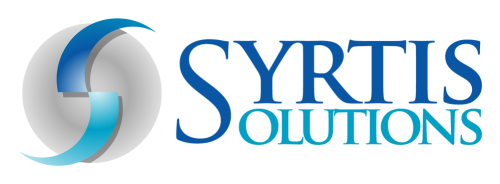
06 Feb THE COST OF ELIGIBILITY ERRORS IN MEDICAID
Since its passage in 1965, the Medicaid program has expanded to become the single largest payer for health care in the United States, costing $671.2 billion in 2020. Because of spikes in enrollment from the pandemic and the present administration’s priorities, spending is only projected to increase. Considering that Medicaid improper payments now make up more than twenty percent of federal Medicaid expenditures, this is a cause for concern. Improper payments are threatening the program’s resources and sustainability.
In FY 2021 alone, Medicaid’s estimated improper payments amounted to an enormous $98.72 billion. A common misunderstanding is that this waste comes from fraud or abuse when in fact, it is overwhelmingly a result of eligibility errors. According to the Foundation for Government Accountability (FGA), 80 percent of improper payments come from individuals receiving benefits who are not eligible for the program. This problem has become such an issue that, “improper payment rates have reached as high as nearly 50 cents for every Medicaid dollar spent in some states.”
In a recent interview, Hayden Dublios, Deputy Research Director for the FGA, stated “What’s interesting is that most of the improper payment rates are pre-COVID, so we may not know how high the number really is yet.”
The FGA’s report investigated the improper payment problem by sampling a number of states and compared their improper payment rates with the national average using data from CMS and other sources. What they found was concerning. Ohio’s improper payments rate was 44 percent, and 98 percent of those payments were because of eligibility errors. Illinois had an improper payment rate of 37 percent, and ineligible enrollees accounted for 95 percent of it. Kansas had an improper payment rate of 28 percent and 99 percent of its improper payments also originated from eligibility errors.
In March of 2020, The Families First Coronavirus Response Act raised Medicaid funding by 6.2 percent to assist states during the pandemic. Under H.R. 6201, states were restricted from altering eligibility, adjusting enrollment processes, or removing members from the program, regardless of eligibility, until the end of the pandemic. When the FGA examined data from 17 states, they identified that about 90 percent of new enrollees from during the pandemic are no longer eligible for Medicaid. In fact, by the end of 2021, 17 million enrollees were ineligible. They suggest that states remove ineligible enrollees to decrease costs and that states should not fear a clawback because of the guidance released by CMS.
IMPROVING PROGRAM EFFICIENCY WITH TRUE COST AVOIDANCE
To minimize eligibility errors and improper payments, States must look to improving program efficiency with cost avoidance opportunities. Ultimately, eligibility errors arise from bad quality data and outdated TPL processes, not intentional fraud and abuse. Payers of last resort struggle to identify primary coverage on pharmacy and medical claims. Much of the data they have access to is not current, available, complete, or accurate. As a result, plans have no choice but to pay claims in error and seek reimbursement once other health insurance (OHI) is discovered. However, the actual monies recovered remain around twenty cents on the dollar.
Syrtis Solutions recognized that Medicaid plans needed a way to find active OHI coverage so that claims could be adjudicated correctly. So, in 2010, they launched ProTPL, a real-time point of sale cost avoidance solution for the payer of last resort market. ProTPL provides powerful and accurate eligibility data that can be acted upon. The solution gives payers the ability to cost avoid pharmacy and medical claims and the associated costs of recovery. In addition, the coverage identified by ProTPL can not be found by other vendors. Syrtis Solutions is able to do this by checking claims against the nation’s largest and most complete active healthcare coverage information database. Customers who implement the tool see an average 25% increase in OHI discovery. This means Syrtis’ customers get the best and latest eligibility responses when they need them.
Surges in Medicaid enrollment over the past two years have increased the chances for waste in the program. This is a problem because Medicaid is already losing billions every year in improper payments. Right now, one of the most significant opportunities for minimizing costs lies within the coordination of benefits. Plan administrators should look to TPL technology solutions for further efficiency and cost avoidance opportunities.
